This is yet another in a series of posts on the Sony a7RIII. You should be able to find all the posts about that camera in the Category List on the right sidebar, below the Articles widget. There’s a drop-down menu there that you can use to get to all the posts in this series; just look for “a7RIII”.
In the post immediately preceding this one, I showed graphs relating to the a7RIII’s noise and how that changes with the ISO setting in the camera. Today, you’re going to be able to ignore the numbers and focus on visuals.
I made a series of images of my standard subject for this test all with the same shutter speed, using an Otus 55/1.4 set to f/4, at ISOs 100 through 500 in 1/3 stop increments. The exposure I chose was ETTR at ISO 500, and thus quite a bit underexposed at ISO 100. I processed them all in Lightroom with default settings except for a custom white balance that assured that the WB wouldn’t change from image to image. Here are the full-frame images from the beginning and end of the series.
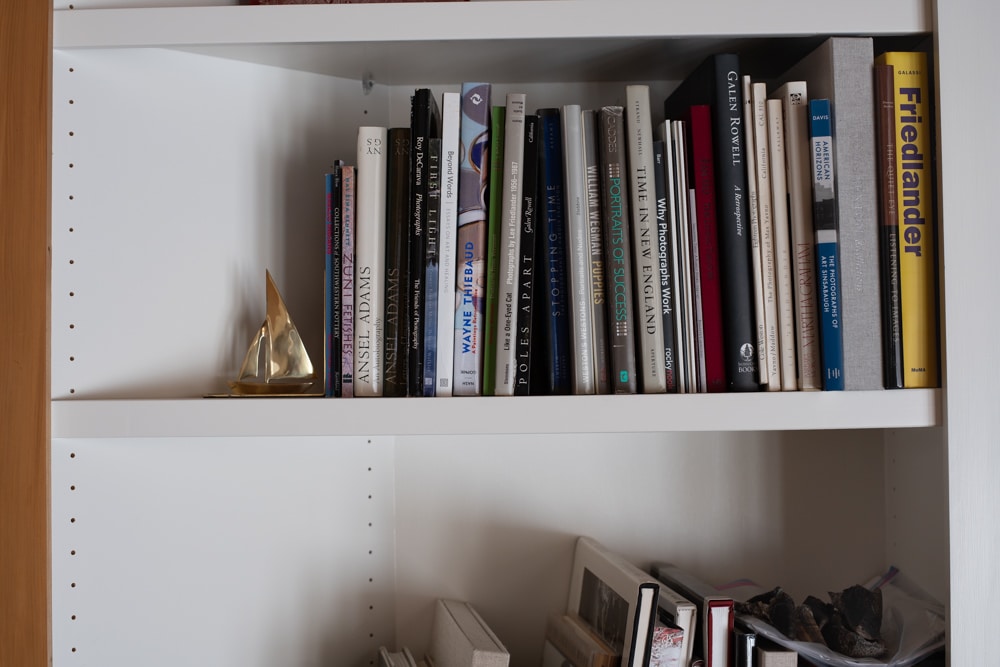
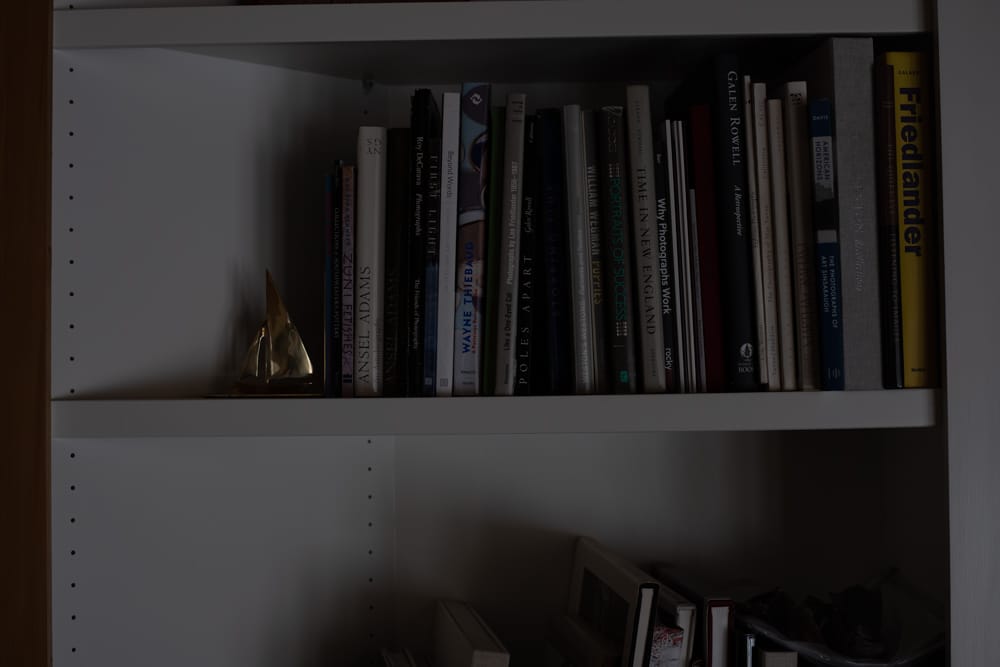
Then I boosted Lightroom’s Exposure control by an amount that compensated for the underexposure. Since each click on the Exposure widget in the Library window is a third of a stop, this was easy to do. I looked at the noise in each image. It turned out that the changes were subtle to the point of silliness, so I’ll just show you the two endpoints again, magnified to about 200%.
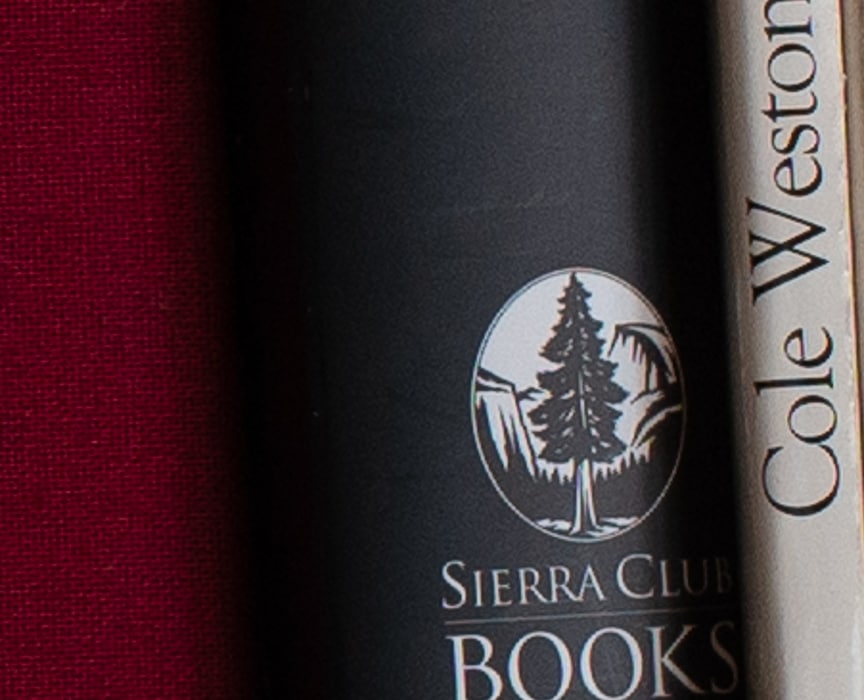
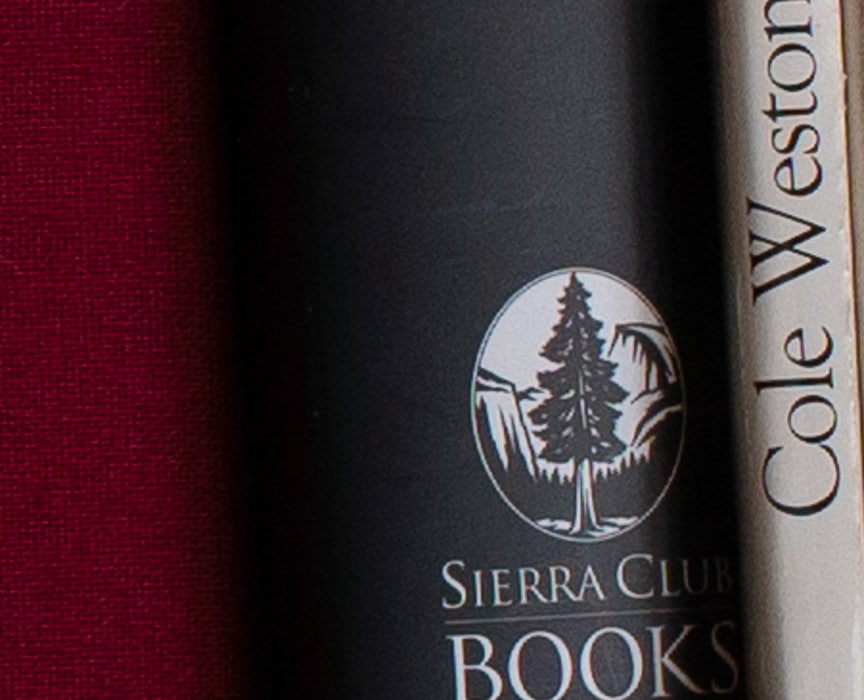
There is a small difference in favor of the ISO 500 image, but not one that would affect normal photography.
Searching for differentiation, I applied a +100 shadow boost to both images:
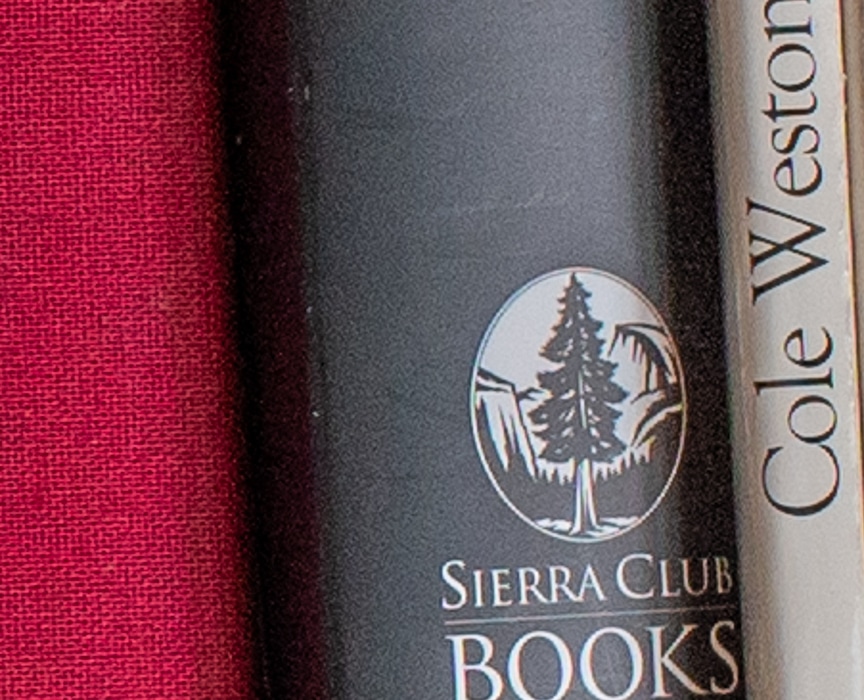
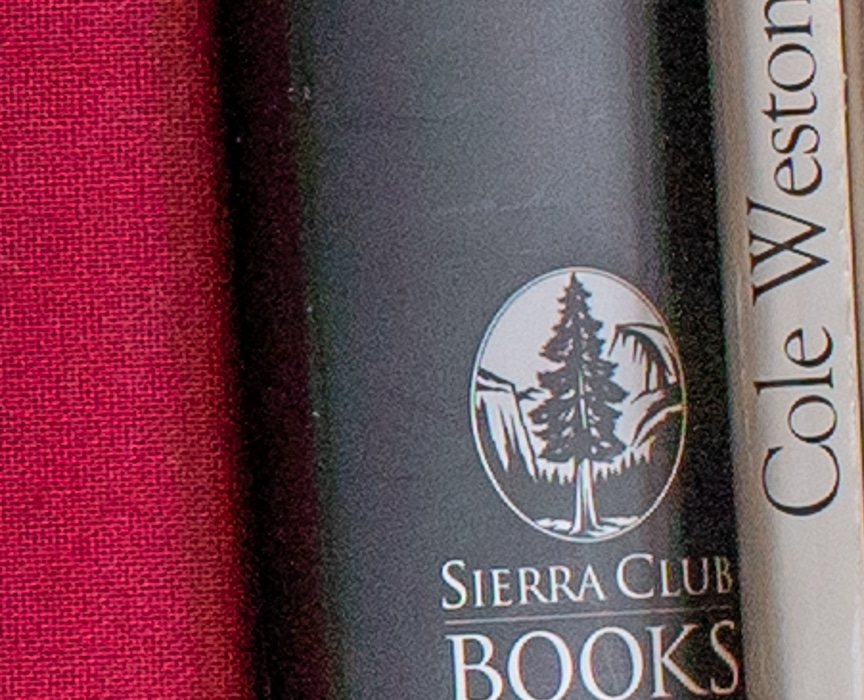
The noise differences are somewhat more apparent, though still minor.
[…] A few days ago, I performed a quantitative analysis of the a7RIII noise performance versus ISO setting. Then I made a series of posts showing visually what’s going on with the camera in that regard. The first of those is here. […]